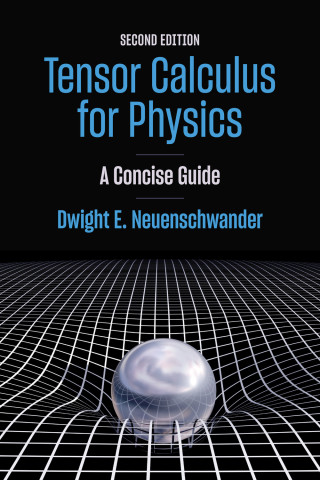
Reviews
Diacu gives both sides of the argument fairly but the mere idea that the calendar may be out by as much as 1,000 years is staggering.
Intriguing... [Diacu's] account is at its best when he wrestles with the many contradictions of both the accepted and revisionist chronologies... He wades into celestial mechanics with a dizzying discussion of eclipses, astronomical calculations, and algebraic formulas.
Diacu, a polyglot and erudite mathematician, lays out old and recent debates with great clarity and offers the first detailed account for nonspecialists of the radical revisionist theories of Anatoli Fomenko and his colleagues. His book—like most of those he describes—will certainly become a flash point in its own right. For the general reader, it offers a fascinating look at an unknown world.
Book Details
Introduction: Where Did the Time Go?
Part I: The Challenges of Historical Chronology
1. Catastrophes and Chaos
2. A New Science
3. Swan Song
Part II: Fomenko's Battle against Tradition
4. Historical
Introduction: Where Did the Time Go?
Part I: The Challenges of Historical Chronology
1. Catastrophes and Chaos
2. A New Science
3. Swan Song
Part II: Fomenko's Battle against Tradition
4. Historical Eclipses
5. The Moon and the Almagest
6. Ancient Kingdoms
7. Overlapping Dynasties
8. Secrets and Lies
Part III: Science Fights Back
9. Scientific Dating
10. Finding a Consensus
Afterword
Notes
References
Index





